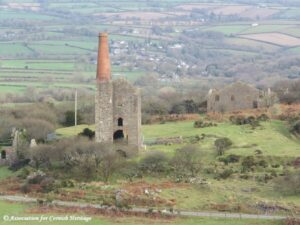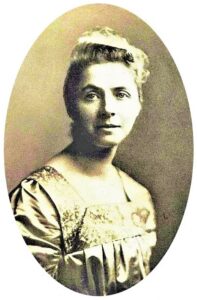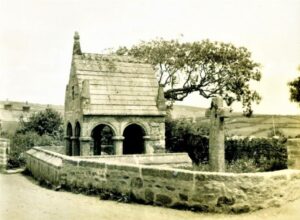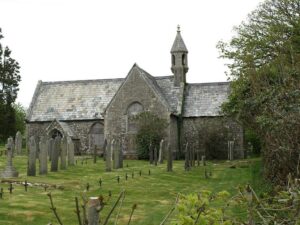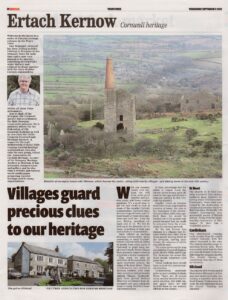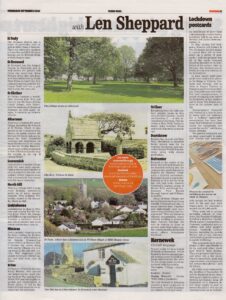Bodmin Moor's surrounding villages
With summer is nearly over perhaps, we will have some good weather, quieter roads with lower tourist numbers. It’s a good time to get out and about to look at some of the smaller Cornish communities. Cornwall has a diverse range of towns and villages based on types of occupations and land use from the clay, fishing, moorland villages and so on. We will be looking at the diversity of villages something of their past and as today’s communities. Most started as perhaps farming communities, many remaining as small hamlets. Others evolved with an influx of people from other parts of Cornwall to meet local employment needs. Some villages have grown to larger towns as a hubs for a wider community.
Today we take an overview of the Moorland villages scattered around the edges of Bodmin Moor. These would mainly have started as farming hamlets, later some morphing into primarily mining villages. Archaeologists have proved Bodmin Moor has not always been unoccupied and was originally home to many Neolithic farming communities. In time knowledge that tin added to copper making the harder metal bronze, giving its name to that age, started a bonanza leading to the Cornish tin industry. Smaller rivers or streams would have been important as a source of water, but also as the beginning of tin production over four thousand years ago. Back then tin would be washed out of the ground and people learned that tin could be extracted from the rivers using tin panning methods.
By the mid Bronze Age changes in climate that was wetter and colder led to these people moving down to the lowlands leaving their homes, the remains of which can still be seen. The areas shown on the map [top right] pinpointing Cornwall highest peaks Brown Willy and Rough Tor illustrate the areas that these people inhabited 3500 years ago. Those walking here would have noticed the archaeological remains.
Communities gradually grew up surrounding Bodmin Moor. There are of course many smaller hamlets that deserve mention, but for limited space here. We will include these in our website edition in due course.
St Neot – The church contains wonderful 15th century medieval glass windows depicting many biblical scenes. Fortunately, these were overlooked by the destruction of similar stained-glass windows that took place during the 17th century interregnum commonwealth period of British history. Along with the neighbouring community of Warleggan St Neot has a wonderful archive.
Cardinham – The churchyard contains early crosses from 8th century onwards with five others recorded in the area. The church some interesting bench ends. There was a castle built here by Earl of Cornwall Robert of Mortain following the conquest in 1066. The feudal barony of Cardinham was one of three in Cornwall.
Blisland – The church of St Protus and St Hyacinth at Blisland is of Norman and medieval origin containing a superbly decorated Rood Screen. Former poet laureate Sir John Betjeman found the church "dazzling and amazing".
St Tudy – The Norman church has a tower of particular note as well as other items of interest. Attractive gardens at Lamellen and St Tudy has a famous son in William Bligh of HMS Bounty fame.
St Breward – Has the highest church in Cornwall and is well known for granite and china clay quarrying. Some Bodmin Moor clay pits have now been taken over by South West Water as reservoirs. It is a known starting point for the Camel Trail and has a pub that is over 200 years old.
Davidstow – Besides the church and Holy Well, probably better known now for its wartime aerodrome and associated WWII museum along with cheese production.
St Clether – Contains a beautifully situated Holy Well and close by was the home of John Couch Adams who discovered the presence of the planet Neptune. As with many villages contains a historic church.
Altarnun – Famous for many things including the Church of St Nonna also known as the Cathedral of the Moors. Its tower reaches 109 feet and its bench ends are famous for their wonderful carvings and depictions. Its most famous son is the sculptor Neville Northy Burnard whose most visible monument is that of Richard Lander atop his column at the top of Lemon Street.
Lewannick – A smaller village with two rare 6th century Ogham Stones and a medieval church rebuilt in the late 19th century. Other remains show that a community has existed here for many centuries. Cornwall has some wonderful medieval bridges and one of the best preserved is the Grade II* listed Trekelland Bridge over the River Inny dating from about 1504.
North Hill – A village with a large rural farming community made up of many smaller hamlets. This includes Trebartha named in the Domesday Book in 1086.
Linkinhorne – Close to Minions it has nearby the barrow from which the famous gold Rillaton cup was found. It contains a medieval church and lots of ancient and more recent archaeology close by.
Minions – Now a popular stopping point for those visiting the Hurlers Stone Circles and walking to the famous Cheesewring stone edifice on Stowe’s Hill. It became the centre along with nearby villages of a mining boom in the mid-19th century that employed 4,000 people working to extract copper and lead from over 20 mines.
St Ive – Birthplace of a Cornish heroine Emily Hobhouse who carried out humanitarian work during the Boar War and WWI and highly regarded and remembered in South Africa. It will be the home of a new museum recognising her life and work.
St Clear – Benefiting from the 19th century mining boom in this area, St Clear also has in and surrounding it a rich archaeological heritage. This includes a Holy Well, Trethevy Quoit, King Donierts Stone and much industrial archaeology.
Bolventor – Located at the centre of the moor it is now best known for its sixteenth century pub “Jamaica Inn’ made famous by Daphne du Maurier. Originally a farming community Bolventor is now a tourist destination as not far from the A30 and looks towards Cornwall’s highest points of Brown Willy and Rough Tor. Dozmary Pool known through legend and folklore is nearby.
Many of these villages are not well known to those living outside Cornwall, also many who live here. Together and individually most have interesting histories and stories to tell. They are homes to vibrant communities many actively working to preserve their cultural heritage. We will be looking at these in greater individual detail over the coming months along with many others throughout Cornwall.
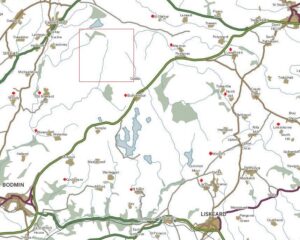
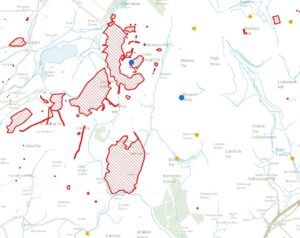
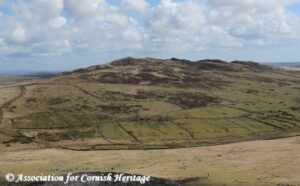
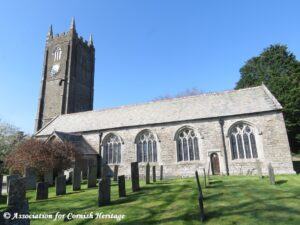
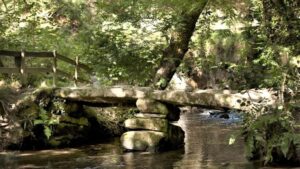
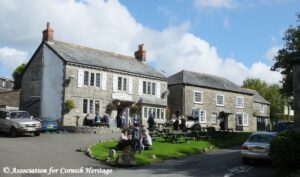
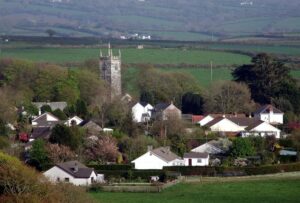
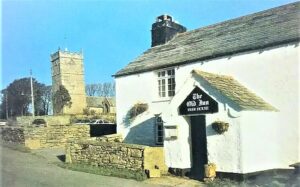
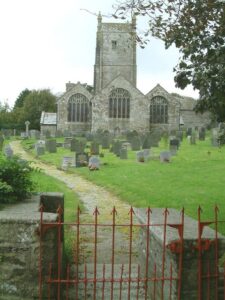
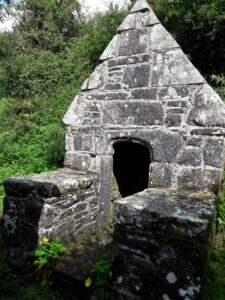
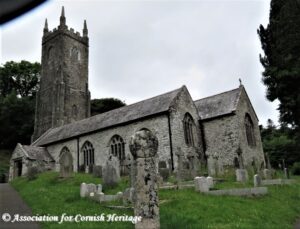
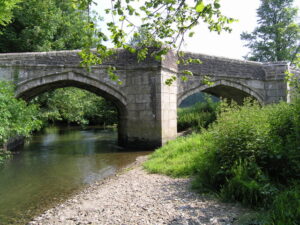
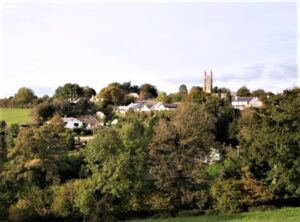
![The entrance [blocked] at Rillaton Barrow The entrance [blocked] at Rillaton Barrow](https://www.cornwallheritage.com/wp-content/uploads/2020/09/The-entrance-blocked-at-Rillaton-Barrow-300x226.jpg)
